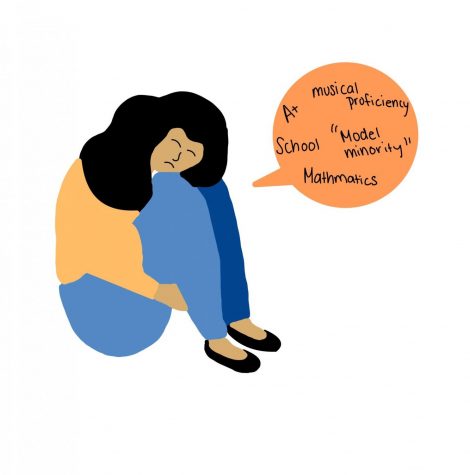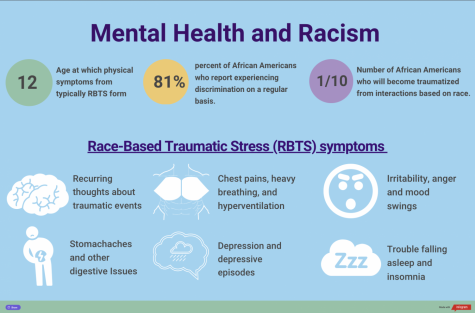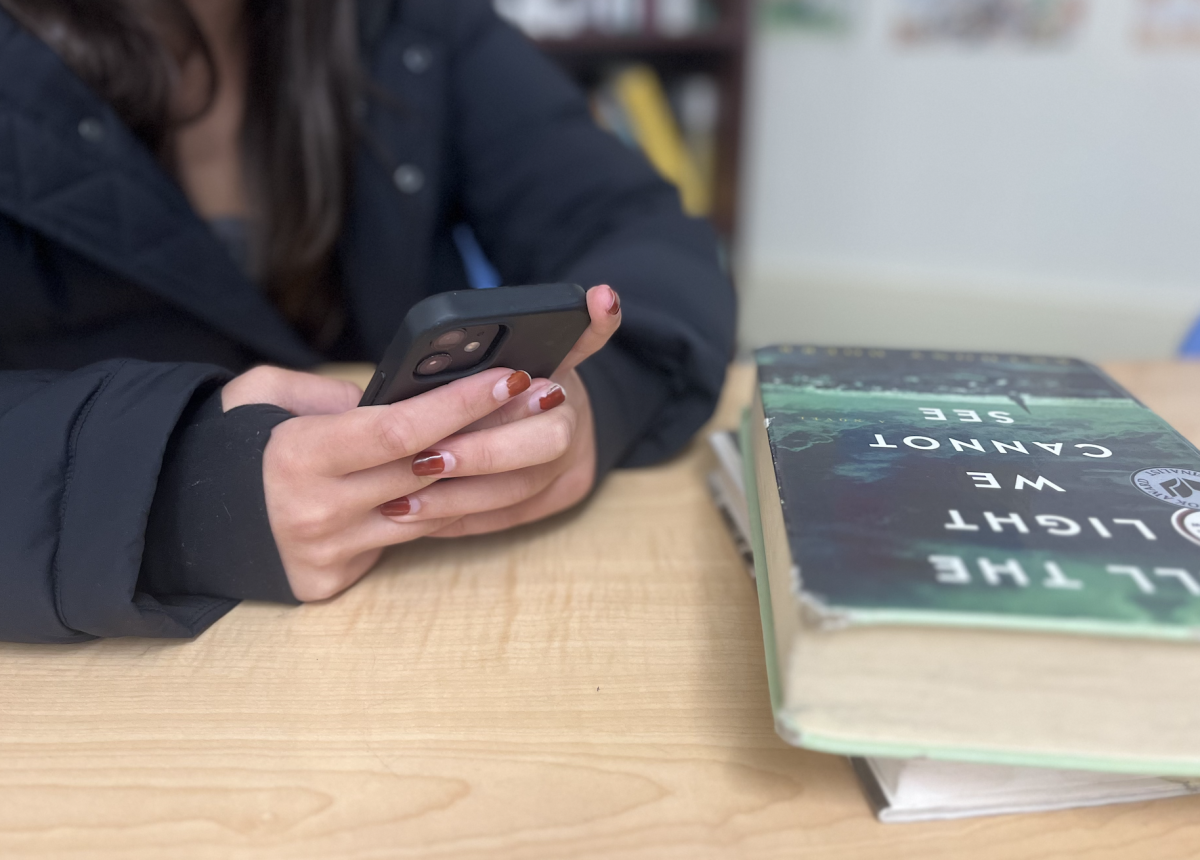Over the past few years, there has been an increase in anti-racist philosophy when discussing hate crimes and human rights across the nation. Yet Redwood has done little to combat the spread of stereotypes that disseminate through the media and daily conversations towards minorities that are deeply ingrained within Marin’s community. Meanwhile, harmful stereotypes based on racial and ethnic identity are issues that continue to be prevalent within educational environments.
Racism at Redwood is not a new topic of discussion, as there have been anti-racism seminars, “end racism” signs, and clubs such as Students Organized Against Racism (SOAR) and the Anti-Racist Book Club. Many of these clubs hold presentations that aim to educate students about anti-racism and learning how to be more racially inclusive.
Tanya Khandheria, an Asian-American sophomore who moved to Marin from India three years ago, has attended some of these presentations. She expressed the significance of a safe space for people of color to have important conversations.
“I think the [anti-racism communities] create a forum for people who think race is a significant part of their lives…having those important discussions and having a safe community you can relate to and be open about [racism] is super important,” Khandheria said.
Bella Hann, a Redwood sophomore and first-year SOAR student who identifies as a white ally, expanded on the necessity of inclusive communities and how SOAR works to mitigate racism within the Redwood community.
“SOAR’s goal is to educate as many students as they can and teach them how to be actively anti-racist… you can’t just not be racist. You have to be anti-racist,” Hann said.
These groups especially assist students who are not native English speakers, as the language barrier leads to isolation and a greater need for human connection. Laura Rubio, a Redwood Wellness Center intern who runs support groups for English language learners (ELL), believes that students of color need a place to connect with each other over their shared experiences.
“There’s a kind of unsaid shared trust; ‘this is a kind of person that gets me and can …culturally understand things’” Rubio said. “I think it can be detrimental in the long-term to feel like you do not have a place where you belong, and you do not feel like you’re being understood, heard or acknowledged.”

Many students of color often feel isolated and ostracized due to the cultural stereotypes that are placed upon them. According to Oxford University, feeling pressure to fall into stereotypes can lead to poor decision-making, aggressive behavior, lack of self-control, and self-stereotyping; this phenomenon is defined as engaging in stereotypes because one feels required as stereotypes become personalized in one’s mind and feel connected to one’s identity.
Khandheria explains how self-stereotyping and the constant exposure to stereotypes make her feel guilty for not being able to fill them and how this can often lead to her having a spiral of doubt.
“Once you hear [stereotypes] so much, it starts to become internalized… I guess when it comes to that point I think you’re questioning yourself; especially if you’re isolated and you have no one to talk to…it just progressively gets worse until you feel it’s your fault,” Khandheria said.
According to Mental Health America, an organization dedicated to raising awareness on various mental health issues, many students of color who have encountered traumatic events with racism, hate crimes and ethnic prejudice experience Race-Based Traumatic Stress (RBTS). RBTS is a condition that can lead to depression, anxiety, anger, recurring thoughts about said events and alongside other possible physical presentations. This could become problematic for Redwood’s students of color, as the mental health of students affects almost all aspects of their life, including their academics, extracurriculars and other day-to-day activities.
Khandheria explained the impact that racial trauma can have on people of color,
“I think there’s a lot of people that are not going to forget their experiences with race…because they’re so deeply ingrained into their brains after experiencing certain traumatic things,” Khandheria said.
Hann further describes the effect that stereotyping and microaggressions have on students of color.
“[White people] come to school and have fun and are comfortable in their environment… but if you’re in an environment where you are discriminated against constantly and you’re not given the same opportunities as 75% of your class, it could be detrimental to your health,” Hann said.
Khandheria also believes that stereotypes take away from certain achievements as she feels they are expected of her. The term coined for this phenomenon is “model minority”, the belief that all Asian children are academically stronger in mathematics and musically proficient, which puts pressure on Asians to fall into these stereotypes. She comments on how the stereotype of model minorities takes away the hard work that she puts into her academic achievements.
“I’ve been told… I have a genetic advantage. I guess it’s kind of implied that I have to do well. So now if I do well, it’s like ‘oh she does well because she’s Asian’… there’s no merit to that,” Khandheria said.

While the stereotypes surrounding racial and cultural identity cannot be broken down immediately, both Hann and Rubio see a light at the end of the tunnel where they envision a place minorities can feel comfortable. Rubio encourages students to access Redwood’s Wellness services and try to unlearn the stereotypes that people have accepted for years. One way that students can work towards this goal is to engage in our school-wide diversity seminars, Rubio explains the necessity of this.
“There’s a lot of unlearning and learning that needs to be done and I think that’s definitely a community effort,” Rubio said.
Hann focuses more on the aspects that Redwood can change to make everyone feel more comfortable.
“It’s so important to have education about the actual history of race... [we need] more frequent seminars put in the school day,” Hann said. “There’s not enough representation of people of color in the staff and within the school.”
Furthermore, Kandheria expresses the need for racial inclusivity at all times and not solely when it is convenient.
“I would really like to see the double standards change of racial inclusiveness when you feel like it… I think that being racially inclusive means being racially inclusive all the time,” Khandheria said.
It is important to recognize the impact that spreading stereotypes have on racial and ethnic minorities, as it can have vast effects on the mental health of students. Clubs and groups such as SOAR and the Wellness Center’s diversity support group, provide students of color with an opportunity to open up about their experiences with racism and stereotyping. Having outlets to express their emotions prevents students of color from experiencing the mental health impacts of race-based trauma.













